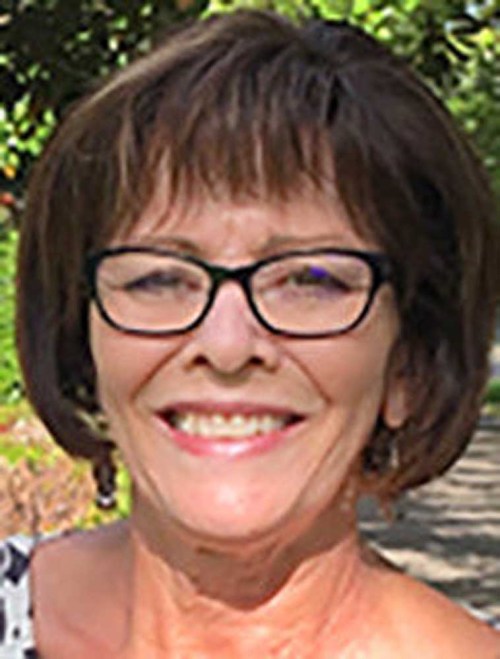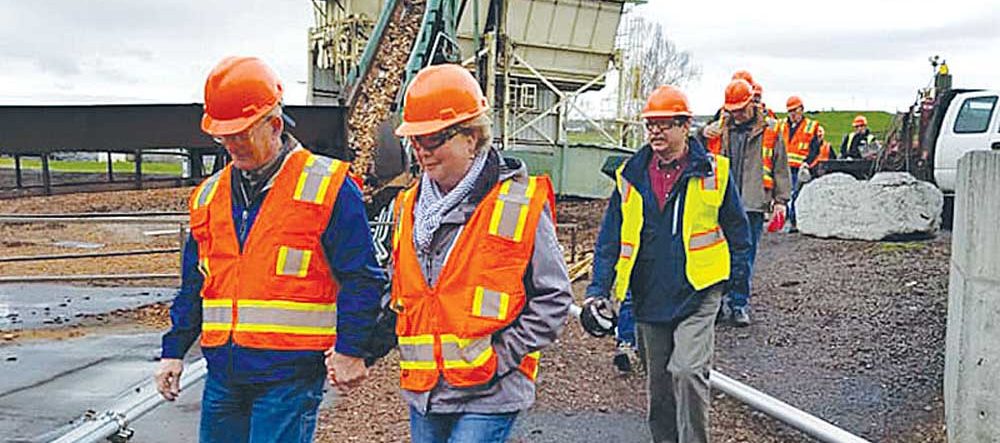Oregon DHS needs all hands to help children
Published 10:27 am Friday, June 15, 2018

- Marilyn Jones
Taking care of Oregon’s most vulnerable is at the heart of the Department of Human Services. To do that, we rely on thousands of incredibly caring people who work very hard under extreme circumstances to do their best. Our staff are on the frontlines in communities, ensuring the safety of vulnerable Oregonians.
For DHS leaders, safety starts with taking care of the people who take care of the vulnerable populations we serve. We’re doing that by thoughtfully expanding our workforce and improving the culture we do this difficult work within.
Our Child Welfare system has struggled with understaffing for years, but we are making changes for the better. Due to the generous support of the Governor and the Legislature in the last session, we are adding 186 new workers in phases between now and January of next year. The new, permanent positions show a true commitment to supporting our child safety work.
The phased-in approach was one the Legislature and the agency agreed upon due to both budgetary constraints and a strategy to stabilize our workforce. The commitment by the Governor and legislative leadership to find meaningful options for success during a 35-day session ensured that positions were phased-in for budget balancing and to allow the agency the flexibility in hiring the right people at the right time.
We recently finished hiring the first 25 of the new positions and are adding another 100 in July. We’ve expedited our personnel processes, and are recruiting and hiring at the earliest opportunity. We created a staffing approach designed to bring immediate relief to the offices with the greatest needs first. Our main focus right now is to ease the administrative burden on caseworkers so they can spend more time with children and families to create and sustain safety.
The first 25 people we hired into our new positions were case aides, a new role that quickly lifts paperwork and other tasks (like putting car seats in vehicles) from case workers so they have more time with families. Just one case aide can make a huge difference in the life of a child, as they focus on the daily needs of a child and family, freeing up caseworkers to help families resolve the issues that put a child’s safety at risk.
At the same time we’re hiring new staff, we’re working hard to retain the talent we have now. We are rebuilding our agency from the bottom up, not the top down. We’ve traveled the state listening to our staff and families to learn how to make an impact quickly and long-term. It helps us ensure the changes we make are the right ones and truly meet families’ needs.
We’re already delivering on some of the tools and supports our staff asked for. We’ve deployed mobile technology to caseworkers, added internal consultants into local offices to provide expert guidance on complex cases, deployed rapid response teams to clear paperwork backlogs, and added the option of a short-form assessment that can be used only when we respond to abuse reports and find children are safe.
No matter what position someone holds in our child safety system, we’re all striving for the same outcome: Safe, healthy children who are loved and grow into adults who are healthy, productive, contributing members of society.
You can be part of helping an Oregon child grow into that adult. We can’t do it alone. Reforming the child safety system takes time, and it takes everyone in the community embracing our children. We’re making progress, and when our communities walk alongside us, the pace speeds up and the finish line gets closer. There are many ways you can get involved. To find the way to help that fits you best, go to www.helpafosterchild.oregon.gov. We welcome your partnership.
■
Marilyn Jones is a former foster parent respite care provider, foster parent and an adoptive parent who became the Oregon Child Welfare Director in October 2017. Fariborz Pakseresht became the DHS Director in September 2017.








